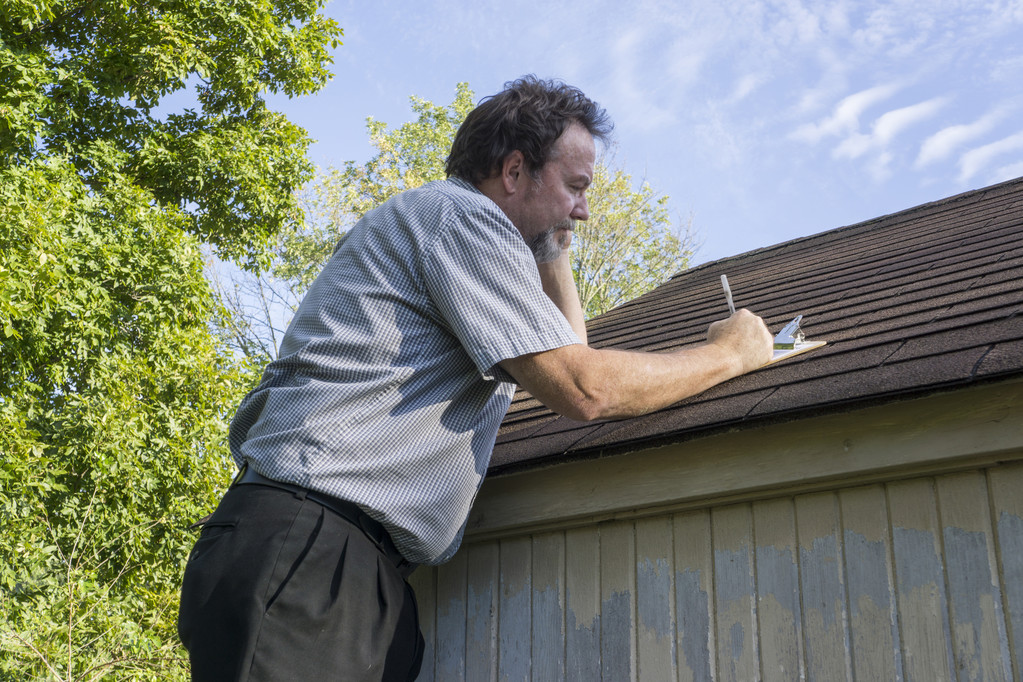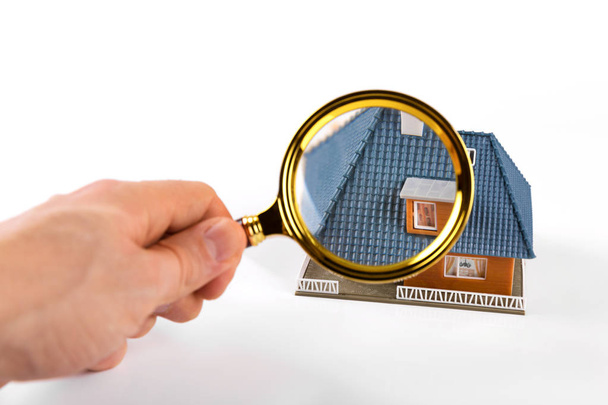Roof Inspection 101: Methods, Signs, and Goals
Your roof is your home’s first line of defense against the elements, so keeping it in top condition is essential. Roof inspections are the key to maintaining the integrity of your roof and preventing costly damage. In this guide, we’ll explore the methods of roof inspection, help you determine if you need one, explain how to check roof integrity and clarify the overall goal of this critical process.

What Are the Methods of Roof Inspection?
Roof inspection methods can vary depending on the type of roof and its age. However, there are two primary methods commonly used:
1. Visual Inspection:
- This method involves a careful visual examination of the roof’s exterior.
- Inspectors look for signs of damage, such as missing or damaged shingles, cracks, rust, or algae/moss growth.
- They also examine the flashing, gutters, and downspouts for signs of wear or damage.
- A visual inspection can be done from the ground or by physically walking on the roof.
2. Drone Inspection:
- Drone technology has revolutionized roof inspections.
- Drones equipped with high-resolution cameras can capture detailed images and videos of the roof’s condition.
- They can access hard-to-reach areas and provide a comprehensive view of the entire roof.
How Do I Know if I Need a Roof Inspection?
Regular roof inspections are crucial, but there are specific signs that indicate it’s time to schedule one:
1. Age of Roof:
- If your roof is over 20 years old, it’s a good idea to have it inspected, even if there are no apparent issues.
2. Recent Severe Weather:
- After severe weather events like heavy storms, hail, or high winds, get a roof inspection to check for damage.
3. Leaks or Water Stains:
- If you notice water stains on your ceiling or walls or experience leaks, these are clear indicators of a potential roofing problem.
4. Visible Damage:
- Missing or damaged shingles, sagging areas, or any visible signs of wear and tear should prompt an inspection.
5. Selling or Buying a Home:
- If you’re selling or buying a property, a roof inspection is often recommended as part of the real estate transaction process.
How Do You Check Roof Integrity?
Checking roof integrity involves a thorough evaluation of the roof’s structure, materials, and overall condition. During an inspection, professionals look for:
1. Structural Issues:
- Inspectors check for signs of sagging, rot, or damage to the roof’s structural components, such as rafters or trusses.
2. Material Condition:
- The condition of roofing materials, including shingles, tiles, or metal panels, is examined for signs of wear, damage, or deterioration.
3. Flashing and Seals:
- Properly installed flashing around vents, chimneys, and skylights is essential. Inspectors ensure these areas are well-sealed to prevent leaks.
4. Gutters and Drainage:
- Gutters and downspouts should be clear of debris and properly functioning to divert water away from the roof.
5. Ventilation:
- Adequate ventilation is crucial to prevent moisture buildup in the attic, which can lead to mold and structural damage.
What Is the Overall Goal of the Roof Inspection?
The primary goal of a roof inspection is to assess the condition and integrity of your roof. This serves several important purposes:
1. Identify Issues Early:
- Early detection of problems allows for timely repairs, preventing more extensive and costly damage.
2. Ensure Safety:
- A well-maintained roof is essential for the safety of your home’s occupants.
3. Prolong Roof Lifespan:
- Regular inspections and maintenance can extend the life of your roof, saving you money in the long run.
4. Peace of Mind:
- Knowing the state of your roof provides peace of mind and confidence in your home’s protection.

In conclusion, regular roof inspections are a critical part of home maintenance. Understanding the methods of inspection, recognizing signs that you need one, and knowing what inspectors look for will help you keep your roof in optimal condition. The overall goal of a roof inspection is to protect your investment, ensure your safety, and provide peace of mind in the face of unpredictable weather. Don’t wait until a small issue becomes a costly problem; schedule a roof inspection today to safeguard your home and your family.
Learn more at Wiki as well.











